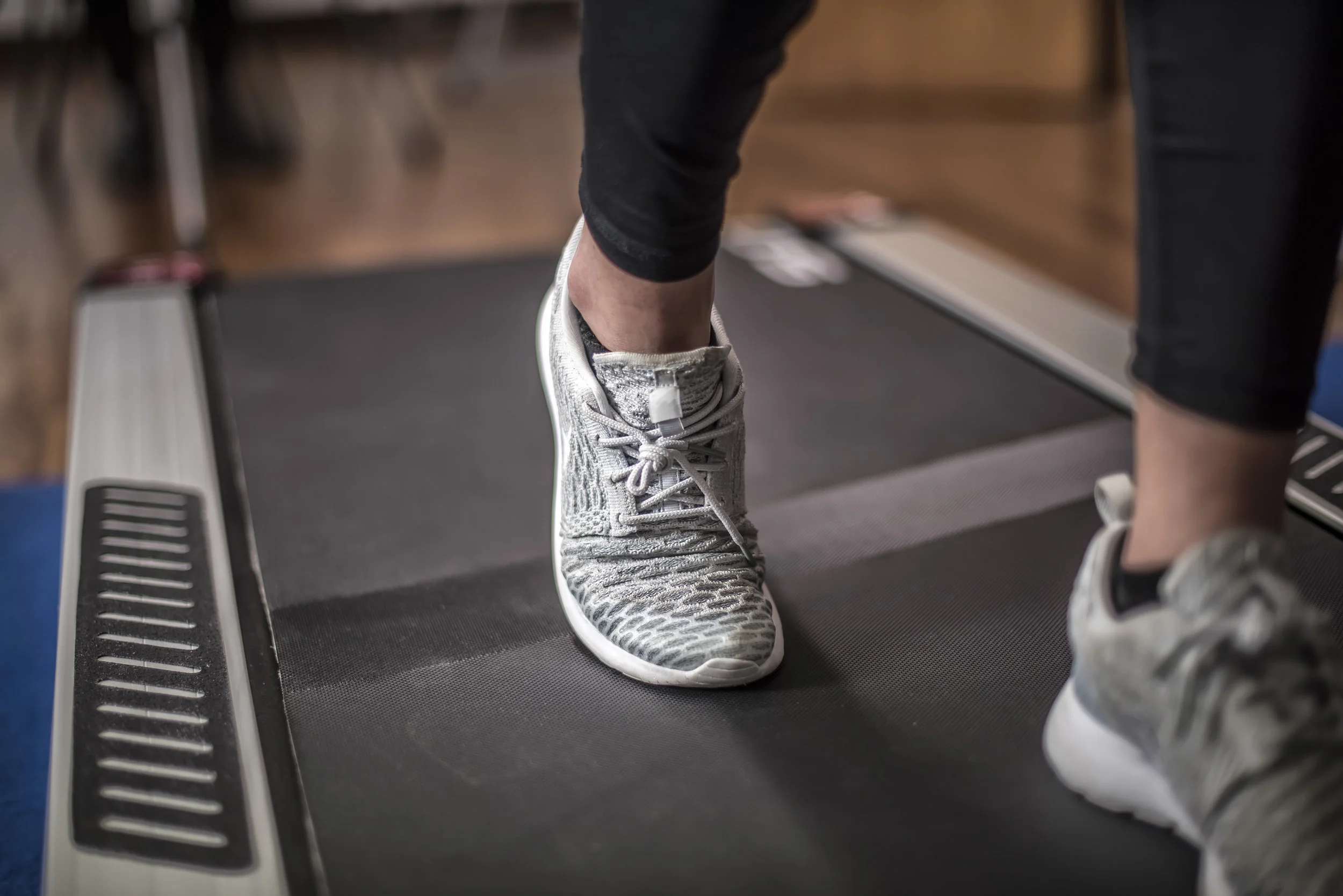Arthiritis
/Arthritis is a general term for conditions that affect the joints and surrounding tissues. Joints are places in the body where bones come together, such as the knees, wrists, fingers, toes, and hips. Two common types of arthritis are osteoarthritis and rheumatoid arthritis.
- Osteoarthritis (OA) is a painful, degenerative joint disease that often involves the hips, knees, neck, lower back, or small joints of the hands. OA usually develops in joints that are injured by repeated overuse from performing a particular task or playing a favorite sport or from carrying around excess body weight. Eventually this injury or repeated impact thins or wears away the cartilage that cushions the ends of the bones in the joint. As a result, the bones rub together, causing a grating sensation. Joint flexibility is reduced, bony spurs develop, and the joint swells. Usually, the first symptom of OA is pain that worsens following exercise or immobility. Treatment usually includes analgesics, topical creams, or nonsteroidal anti-inflammatory drugs, appropriate exercises or physical therapy; joint splinting; or joint replacement surgery for seriously damaged larger joints, such as the knee or hip.
- Rheumatoid arthritis (RA) is an autoimmune inflammatory disease that usually involves various joints in the fingers, thumbs, wrists, elbows, shoulders, knees, feet, and ankles. An autoimmune disease is one in which the body releases enzymes that attack its own healthy tissues. In RA, these enzymes destroy the linings of joints. This causes pain, swelling, stiffness, malformation, and reduced movement and function. People with RA also may have systemic symptoms, such as fatigue, fever, weight loss, eye inflammation, anemia, subcutaneous nodules (bumps under the skin), or pleurisy (a lung inflammation).
Although osteoporosis and osteoarthritis are two very different medical conditions with little in common, the similarity of their names causes great confusion. These conditions develop differently, have different symptoms, are diagnosed differently, and are treated differently.
Osteoporosis and arthritis do share many coping strategies. With either or both of these conditions, many people benefit from exercise programs that may include physical therapy and rehabilitation. In general, exercises that emphasize stretching, strengthening, posture, and range of motion are appropriate. Examples include low-impact aerobics, swimming, tai chi, and low-stress yoga. However, people with osteoporosis must take care to avoid activities that include bending forward from the waist, twisting the spine, or lifting heavy weights. People with arthritis must compensate for limited movement in affected joints. Always check with your doctor to determine whether a certain exercise or exercise program is safe for your specific medical situation.
Most people with arthritis will use pain management strategies at some time. This is not always true for people with osteoporosis. Usually, people with osteoporosis need pain relief when they are recovering from a fracture. In cases of severe osteoporosis with multiple spine fractures, pain control also may become part of daily life. Regardless of the cause, pain management strategies are similar for people with osteoporosis, OA, and RA.

